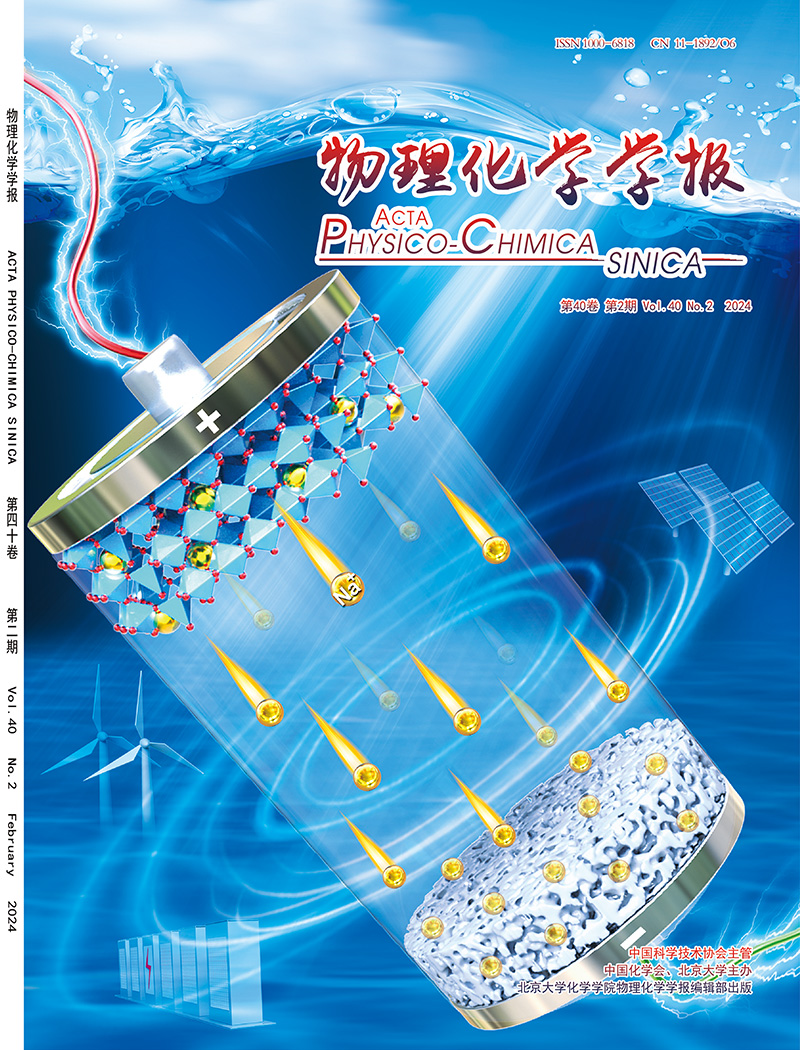钠离子电池用铁基聚阴离子正极材料的研究进展
IF 10.8
2区 化学
Q1 CHEMISTRY, PHYSICAL
引用次数: 0
摘要
钠离子电池以其资源丰富、原材料成本低、低温条件下性能优异、快速充电等优点,在电网储能和低速运输领域具有广阔的应用前景。它们是锂离子电池的补充替代品。正极材料对电池整体性能至关重要,是提高sib比能量的瓶颈,也是影响成本的重要因素。低成本铁基聚阴离子正极材料以其结构稳定性好、安全性高、充放电过程中体积应变小等固有优势,在基础研究和产业化中受到广泛关注。这些优点对于电动汽车、大规模储能系统、便携式电子设备和相关应用的实际实施至关重要。然而,在长时间循环过程中,诸如容量衰减和结构稳定性等挑战可能会限制其工业适用性。因此,提高材料循环寿命和电池系统稳定性是关键问题。此外,研究人员还致力于发现具有高比容量、工作电压和导电性的新型铁基聚阴离子阴极材料。本文全面介绍了sib用铁基聚阴离子正极材料的最新进展,包括铁基磷酸盐、氟磷酸盐、焦磷酸盐、硫酸盐和混合聚阴离子化合物。系统探讨了各种铁基聚阴离子材料的晶体结构、制备方法、钠的储存机理和改性策略,阐明了化学成分、结构调节技术和性能增强之间的构效关系。此外,本文还讨论了铁基聚阴离子正极材料从实验室规模研究到大规模工业应用过渡过程中遇到的挑战,以及相应的解决方案。这些见解旨在为开发具有高比能密度的新型低成本阴极材料和推进sib产业化提供理论和技术指导。本文章由计算机程序翻译,如有差异,请以英文原文为准。

Research progress of iron-based polyanionic cathode materials for sodium-ion batteries
Sodium ion batteries (SIBs), due to their abundant resources, low raw material costs, excellent performance in low-temperature conditions, and fast charging capabilities, offer promising prospects for power grid energy storage and low-speed transportation. They serve as a complementary alternative to lithium-ion batteries. The cathode material is crucial for overall battery performance, acting as a bottleneck for enhancing the specific energy of SIBs and a significant factor influencing costs. Low-cost iron-based polyanionic cathode materials have garnered attention in basic research and industrialization due to their inherent advantages: excellent structural stability, high safety levels, and minimal volume strain during charge-discharge cycles. These advantages are pivotal for practical implementations in electric vehicles, large-scale energy storage systems, portable electronics, and related applications. However, challenges such as capacity decay and structural stability during prolonged cycling may limit their industrial applicability. Therefore, enhancing material cycling life and battery system stability are critical concerns. Additionally, researchers are focused on discovering new iron-based polyanionic cathode materials with high specific capacity, operating voltage, and conductivity. This review comprehensively covers recent advancements in iron-based polyanionic cathode materials for SIBs, encompassing iron-based phosphates, fluorophosphates, pyrophosphates, sulfates, and mixed polyanionic compounds. The analysis systematically explores crystal structures, preparation methods, sodium storage mechanisms, and modification strategies for various iron-based polyanionic materials, elucidating the structure-activity relationship between chemical composition, structural regulation techniques, and performance enhancement. Moreover, the article discusses challenges encountered during the transition from laboratory-scale research to large-scale industrial applications of iron-based polyanionic cathode materials, along with corresponding solutions. These insights aim to offer theoretical and technical guidance for developing novel, low-cost cathode materials with high specific energy densities and advancing the industrialization of SIBs.
求助全文
通过发布文献求助,成功后即可免费获取论文全文。
去求助

 求助内容:
求助内容: 应助结果提醒方式:
应助结果提醒方式:


